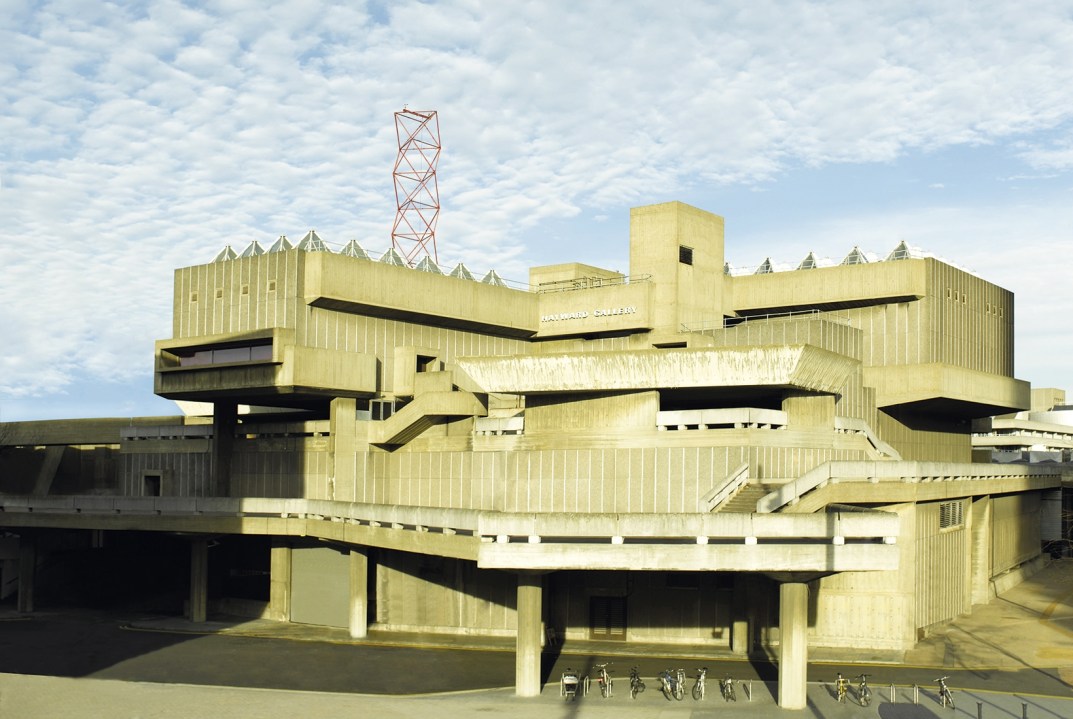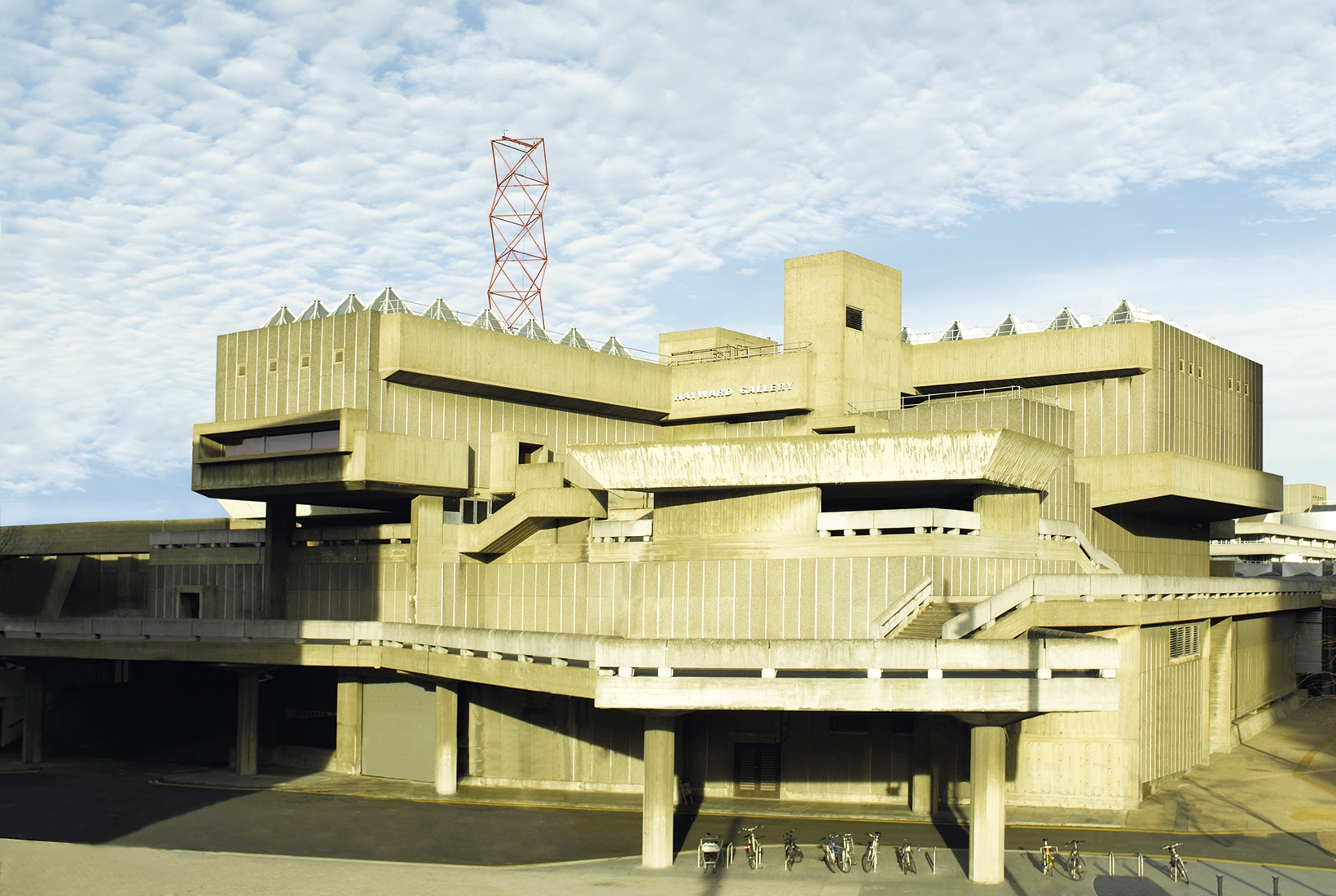The one thing everyone agrees is that the Southbank Centre is in deep trouble. In May, the institution made an unusually public plea for government help. Management predicted the best-case scenario was ending the financial year with a £5 million loss, having exhausted all reserves, used the £4 million received from the furlough scheme and having gobbled up the remainder of its Arts Council grant. All the while, with the exception of the Hayward Gallery, the 21-acre site on London’s Thameside, incorporating both the Royal Festival Hall and the Queen Elizabeth Hall, remains closed.
It was pitiful news, but there was worse to come. With no concerts, performances, talks or readings, drastic staff cuts are in the offing. Approximately 391 of the 577 employees face redundancy, with additional savings to be had from losing those working on a fixed-term or freelance basis. All of which has precipitated the greatest crisis for the centre since it opened its doors in 1951, a symbol of hope and post-war optimism.
While the government lockdown, and what CEO Elaine Bedell calls in an interview an ensuing ‘catastrophic loss of income’, is the cause of the institution’s immediate woes, the roots of the mess date from before the Covid-19 pandemic. Classed as a performing-arts outfit, the Southbank is funded via the Arts Council, not central government grants (unlike, for example, Tate). This means that the annual £18 million-plus grant the centre receives — the second-highest amount after the Royal Opera House — can only be spent on programming, and not on maintaining the sprawling concrete maze of concert halls, galleries, plazas and pathways.
Successive administrators have never hidden their disdain for the brutalist architecture, forever proposing apparently more ‘public-friendly’ master plans to soften the design. In 2013 the latest of these was unveiled, a £111 million make-over that would include a huge glass ‘floating pavilion’ — which, judging by preliminary sketches, had all the elegance of a Westfield shopping centre — plonked on top of the existing buildings.
That restaurant chains are threatening the future of the Southbank Centre is scandalous
Management resisted attempts to list the buildings, which prompted Tess Pinto of the Twentieth Century Society to lament: ‘As one of the nation’s great modern buildings, it fully deserves a level of protection. It’s a huge shame that the body responsible for the building does not recognise that.’ The underside of the complex was not immune to vandalism either, with plans to redevelop the undercroft — historically used by skateboarders — into retail outlets, matching a 90-metre river-facing strip of commercial space rightly described by the Guardian at the time as ‘strap-on cash cows’. The glass pavilion never happened, and a campaign led by skaters successfully saved their play space too. Instead, management looked to existing shop fronts to fund a thankfully more sensitive £35 million refurbishment.
Even spending that more modest amount has exposed the centre to possible insolvency. The future income from the restaurants and shops was promised as security against a £7 million loan from Lloyds. At the same time, while the extension of the Royal Festival Hall was financed through a London Development Agency grant, management used the new building as an asset against which it could access another bank loan, this time for £15.1 million from Allied Irish. Since March the organisation has been left scrambling to meet the repayments.
The annual cost of running the site, even without programming, comes in at £11 million and the Arts Council grant amounts to only 37 per cent of the institution’s income. As such, commercial income is essential. Yet Bedell told me that a ‘larger proportion’ of the centre’s tenants are refusing or unable to pay their rent. For months, the shutters remained down at the likes of Yo! Sushi, Wahaca, Wagamama, Giraffe, Strada and others. Bedell refused to name names and said she was ‘sympathetic’ to their situation. I am not. The fact that one of Britain’s premier arts institutions finds itself unable to operate, having to sack staff and potentially fall into the hands of the banks at least in part because a series of restaurant chains (most owned by investment funds) aren’t coughing up what they owe is scandalous.
All of which might be forgivable if the programme was up to scratch. In reality there is the sneaking suspicion that, given how much rides on getting people eating and shopping, the artistic offerings are commissioned with a don’t-frighten-the-horses ethos. That will only accelerate given the current financial situation. ‘Entrepreneurial’ is how Bedell describes it. She tells me that she hopes the open-air exhibition, Everyday Heroes, which celebrates key workers, will get people (and their money) back to the site. ‘We are working with the restaurants to do everything we can to restimulate business by staging an external exhibition.’ The aim, she says, is ‘an interesting cultural experience while also driving footfall to those commercial sites’.
Certainly family-friendly and mass appeal have been the order of the day at the Hayward. In 2006, Ralph Rugoff, an avuncular American art critic, was appointed curator at the gallery. An early exhibition made up of ‘large-scale installations’ by Antony Gormley set the pattern. Psycho Buildings was applauded for bringing some excitement. The sculptor Do-Ho Suh produced a vast installation imagining his childhood home in South Korea crashing into the apartment block he first occupied when he moved to the US; Austrian art collective Gelitin installed a boating lake on the gallery roof. Yet this photo-call-friendly fare became a curatorial leitmotif. Of the major shows over the past decade, more than a third have included ‘immersive installations’ or works seeking ‘audience participation’. The recent Bridget Riley retrospective was one of only three painting exhibitions staged in ten years.
The musical offering from the centre is no more inspiring. The London Philharmonic Orchestra and the Philharmonia Orchestra are autonomous organisations, but have gradually become more conservative over the years. There was a time when the Queen Elizabeth Hall was the place to see contemporary avant-garde music, but that, too, has seen much of its audience defect to Cafe Oto in east London.
Overseeing much of this was Jude Kelly, artistic director until she left in 2018. Awarded a CBE in 2015 and lavished with praise from outside the organisation, within it she was a divisive force. One former staff member, who worked at the Southbank between 2004 and 2007, recalls that prior to her arrival front-of-house personnel were dedicated to a particular venue. ‘The chances were that the person you bought your concert ticket from would have been a conservatoire student, who might be able to answer your queries on the performance, or the staff member behind the desk at the Hayward would have an interest in art.’ A decision was made that all staff should rotate the vast site, losing that discipline-specific knowledge. After Kelly left, no direct replacement was sought, but Madani Younis became ‘creative director’, only to quit less than a year into the job. Since last year, no one person has taken the artistic lead. Management now says that when the centre does reopen, only 10 per cent of the programme will be directly curated, the rest being pushed out to external promoters.
Yet the Southbank Centre has always provided more than just ticketed events. The spacious Queen Elizabeth Hall foyer offers a public square for people to meet, whether for romantic assignations or to study. The centre’s original egalitarian design provides ample space to congregate. That was why the 2015 proposals to redevelop the undercroft prompted outrage even from those who had never ridden a skateboard in their lives.
Slightly less noisy was another successful campaign in support of the National Poetry Library. One of the centre’s less well-known offerings (it doesn’t lend itself to sexy marketing campaigns), it nonetheless boasts the world’s biggest collection of modern poetry. For 70 years it has been a valuable free resource, but last year the Southbank announced that anyone wishing to borrow books would have to pay. Poet Arji Manuelpillai organised a protest. ‘It’s the centrepiece of the London poetry scene. I started going when I was 16, I used to look randomly, and was blown away that I could read all this stuff for free,’ he recalls.
That threat was seen off but it may prove to be a Pyrrhic victory as now, according to the staff pressure group SOS Southbank, 70 per cent of the library’s staff are to be made redundant. It is a decision that Manuelpillai predicts will have a devastating impact. ‘All these introverted poets come alive in that place. There’s old people, young people. But without the staff to offer help footfall will go down and they’ll justify closing it down the line.’
There are those who would like to see the whole place privatised, with assets such as the Poetry Library thrown to the wolves of market forces; but conservative management, government cuts and the byzantine intricacies of arts funding have ensured that the organisation is already beholden to stifling commercial interests.







Comments